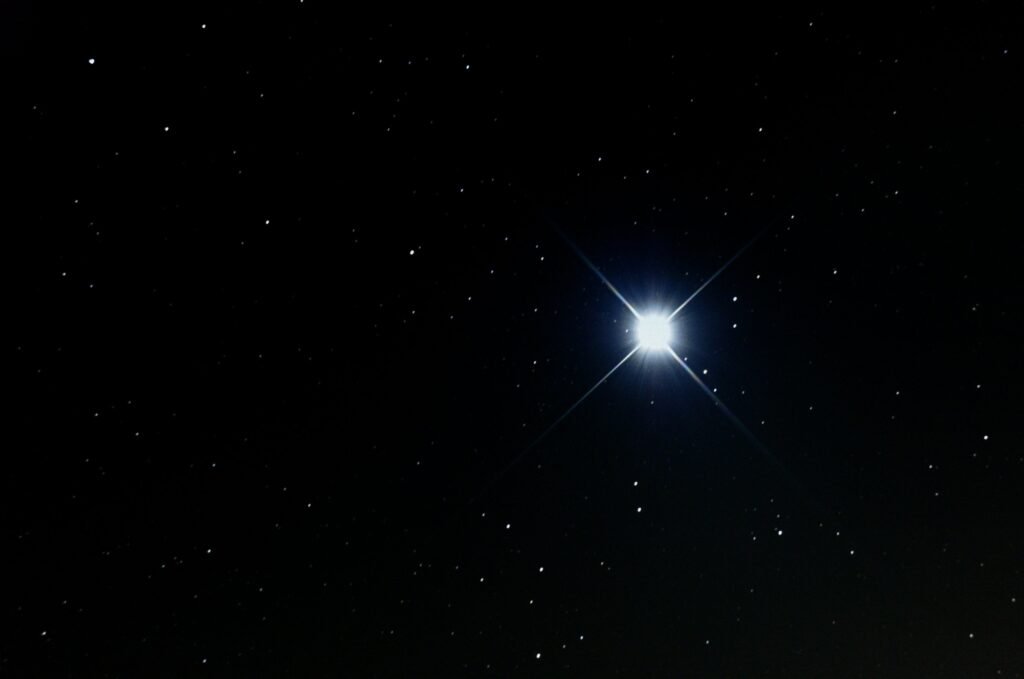Most people glance up at the night sky and spot what they believe is the brightest beacon shining down on them. They point confidently toward that brilliant light and declare it the North Star, the celestial compass that has guided travelers for centuries. But here’s the thing that might completely shatter your assumptions about our nighttime sky: that dazzling star you’re admiring probably isn’t Polaris at all, and even if you do find the real North Star, it’s surprisingly dim compared to many of its stellar neighbors. What’s even more mind-bending is that this cosmic lighthouse won’t always point north, and thousands of years from now, it might not even be visible to the naked eye.
The Surprising Truth About Polaris’s Brightness
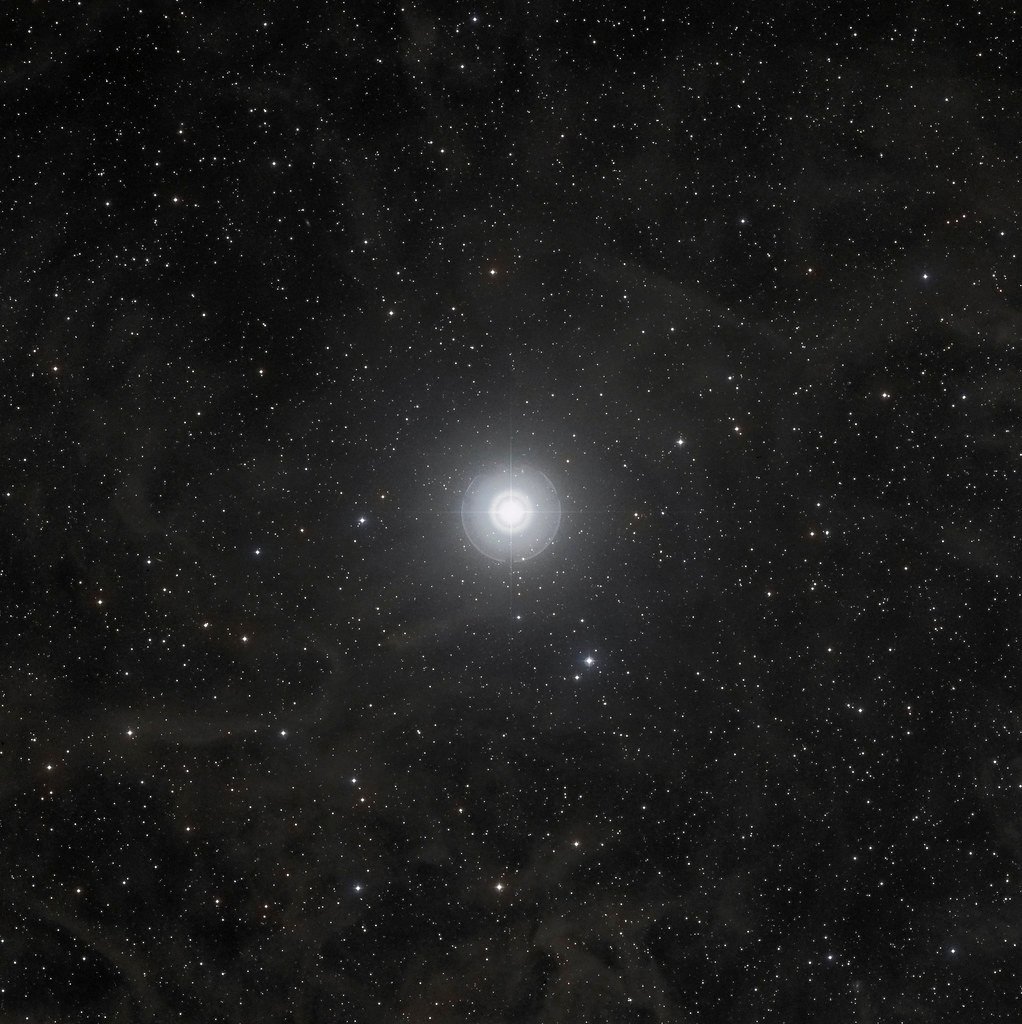
Polaris ranks as only the 48th brightest star visible from Earth, making it far from the stellar showstopper most people imagine. When you compare it to genuine cosmic superstars like Sirius, Canopus, or Arcturus, Polaris appears relatively modest in the brightness department. The confusion often stems from our tendency to assume that the most important-seeming star must also be the most brilliant one. In reality, Polaris earned its fame not through dazzling luminosity but through its incredibly fortunate position in our sky. Think of it like a lighthouse that’s not the tallest or brightest structure on the coast, but happens to sit in exactly the right spot to guide ships safely to harbor.
Why We Mistake Other Stars for the North Star
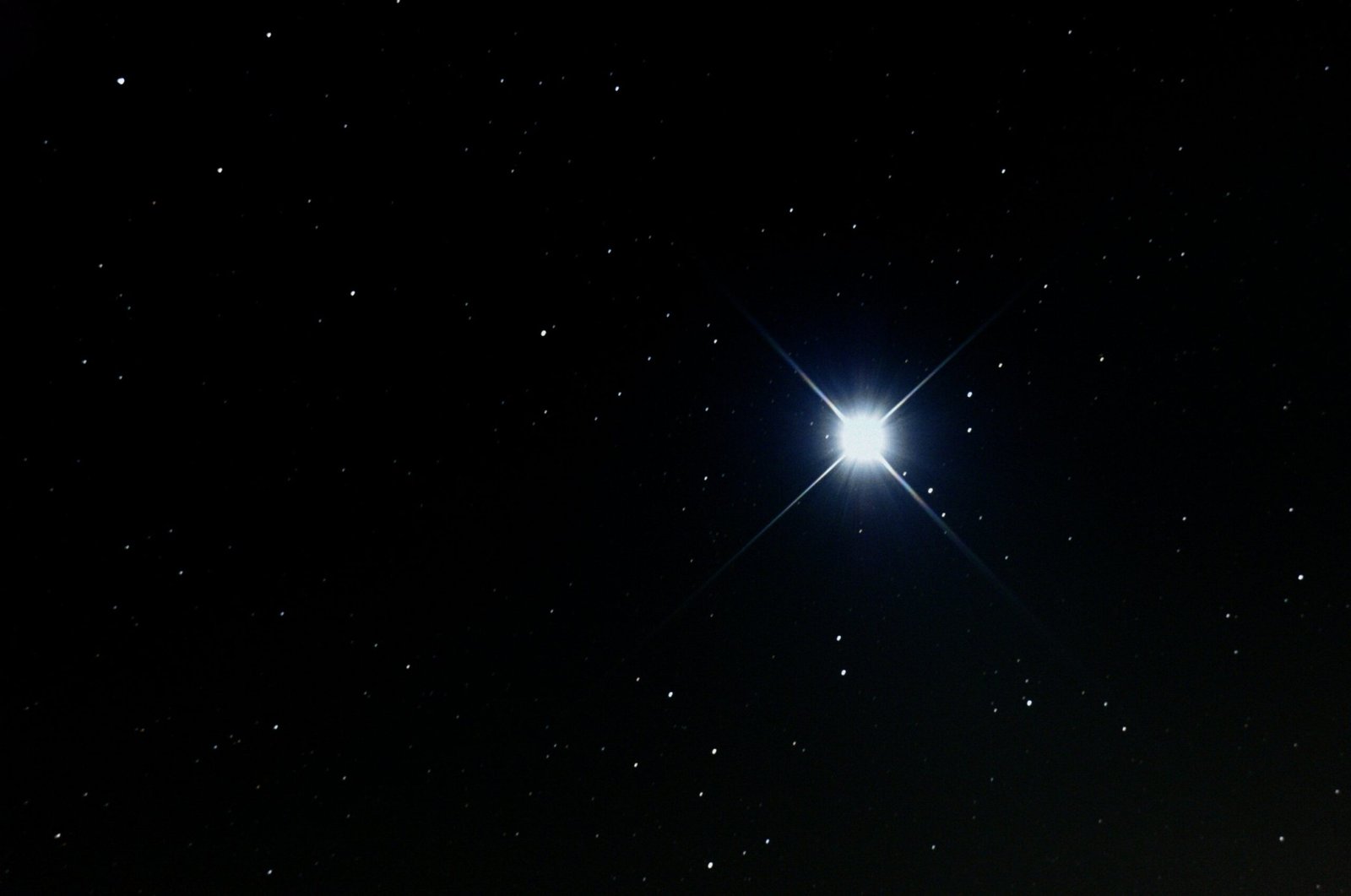
The brightest star in our night sky, Sirius, often gets mistaken for Polaris because it outshines nearly everything else up there. Located in the constellation Canis Major, Sirius blazes with such intensity that it can appear to twinkle and change colors, creating a spectacular display that draws the eye immediately. Many stargazers, especially beginners, naturally assume this brilliant beacon must be the famous North Star they’ve heard so much about. However, Sirius sits in the southern part of the sky for Northern Hemisphere observers, nowhere near the north celestial pole. This mix-up happens so frequently that astronomy educators often spend considerable time correcting this common misconception during stargazing sessions.
The Science Behind Stellar Navigation

Polaris serves as our celestial GPS not because of its brightness, but because of an astronomical accident that placed it almost perfectly aligned with Earth’s rotational axis. When you extend an imaginary line from Earth’s North Pole straight out into space, it points remarkably close to where Polaris sits in the cosmos. This positioning means that while all other stars appear to wheel around the night sky as Earth rotates, Polaris remains virtually stationary in the same spot hour after hour, night after night. Ancient mariners discovered this incredible stability made Polaris the perfect reference point for navigation across vast oceans. The star’s reliability proved far more valuable than any amount of extra brightness could have provided.
Earth’s Wobbling Motion Changes Everything
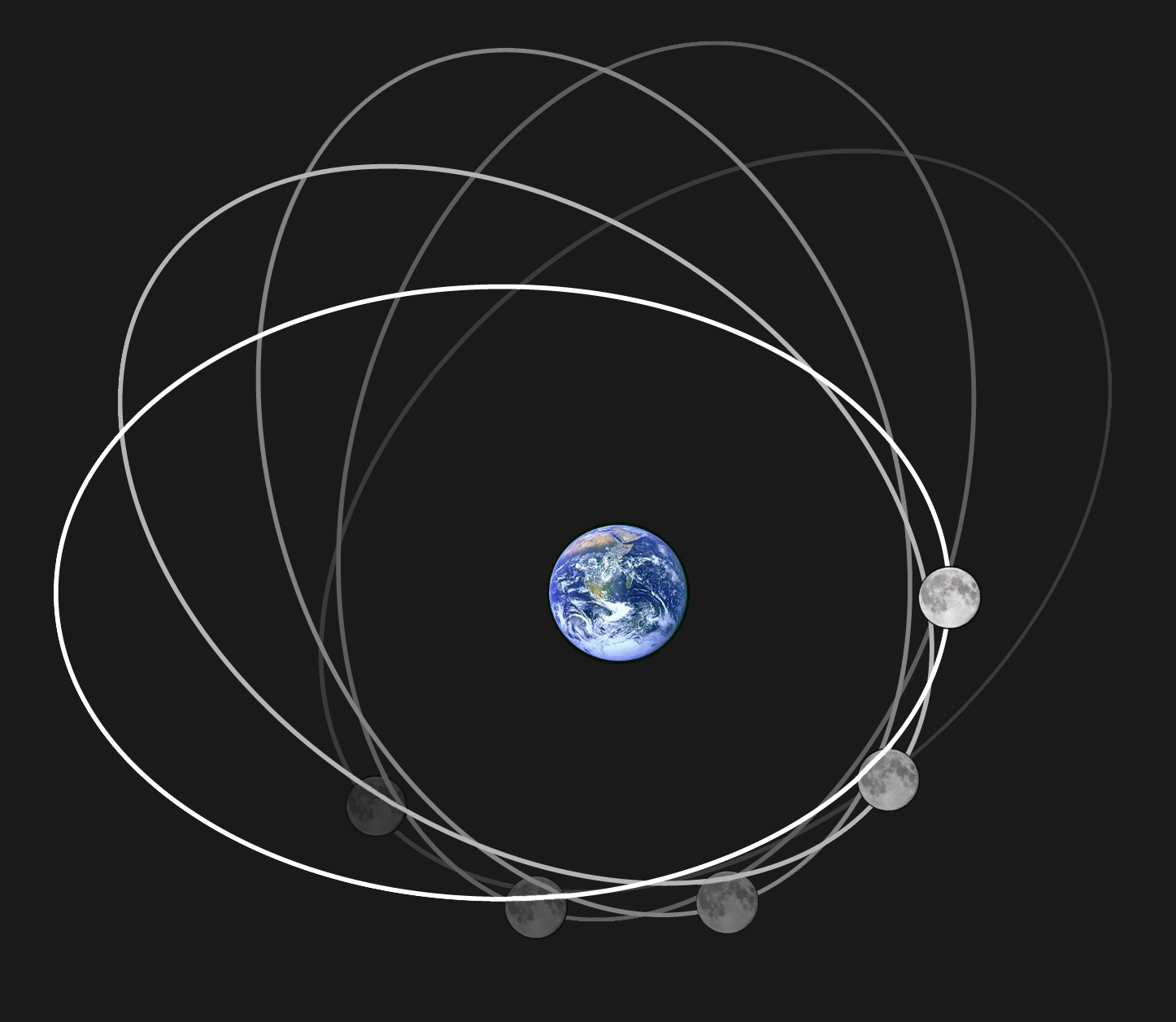
Our planet doesn’t spin like a perfectly balanced top, but rather wobbles slightly as it rotates, much like a spinning coin just before it falls flat on a table. This astronomical phenomenon, called precession, causes Earth’s rotational axis to trace out a slow circle in space over approximately 26,000 years. As our axis shifts through this cosmic dance, the point in the sky that marks “true north” gradually moves away from Polaris toward other regions of the heavens. Currently, we’re living during a relatively brief period when Polaris happens to align closely with our north celestial pole. This alignment is actually getting better and will reach its closest approach around the year 2100, when Polaris will be within just 27 arcminutes of true north.
Ancient Civilizations Had Different North Stars
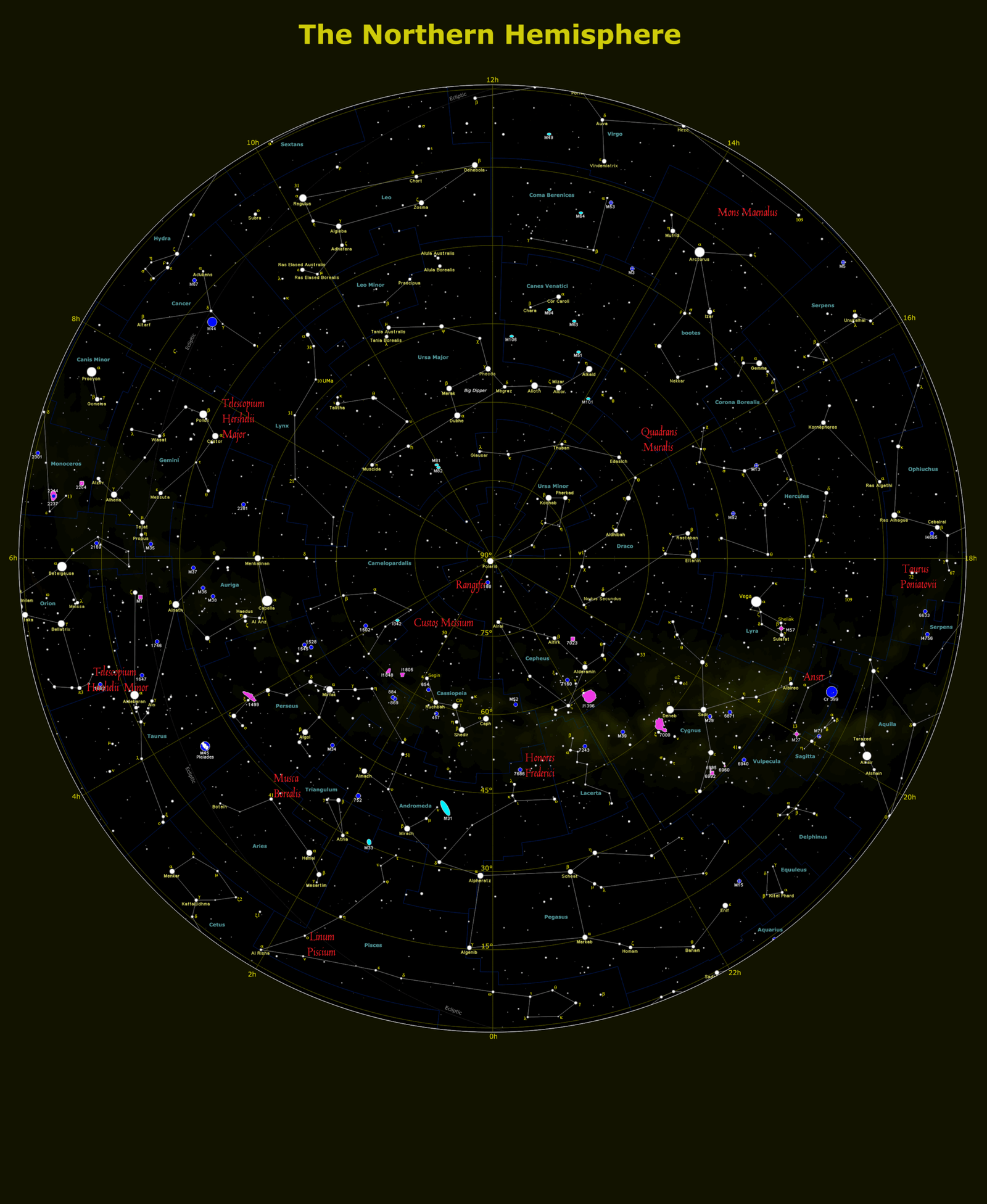
Five thousand years ago, when the ancient Egyptians were building their pyramids, a completely different star served as the northern guidepost in their night sky. The star Thuban, located in the constellation Draco, held the position of honor that Polaris enjoys today. Egyptian architects actually incorporated this astronomical knowledge into their monument designs, aligning certain passages in the Great Pyramid with Thuban’s position. The ancient Greeks, living closer to our modern era, used yet another star system for northern navigation. These historical examples demonstrate how our perception of “fixed” celestial landmarks actually shifts dramatically across the centuries, reminding us that our current night sky represents just one snapshot in an ever-changing cosmic panorama.
What Will Replace Polaris as Our North Star

Around the year 3000 AD, the bright star Gamma Cephei will begin taking over duties as our primary northern reference point. This transition won’t happen overnight, but will unfold gradually over several centuries as Earth’s wobbling axis slowly shifts its celestial target. Gamma Cephei burns significantly brighter than our current Polaris, so future stargazers will actually have an easier time spotting their north star in the night sky. Following Gamma Cephei’s reign, the brilliant star Vega will eventually assume the northern throne around 13727 AD. Vega ranks as the fifth brightest star visible from Earth, meaning our distant descendants will enjoy a spectacular northern beacon that far outshines anything we can imagine today.
How Polaris Actually Measures Up in Brightness

With a visual magnitude of about 1.98, Polaris appears roughly 2,500 times dimmer than Sirius, our night sky’s undisputed champion of brightness. To put this in perspective, imagine comparing a standard household light bulb to a powerful searchlight beam, that’s roughly the difference in apparent brightness between these two stellar neighbors. Polaris does possess impressive intrinsic luminosity, actually outshining our sun by about 2,000 times, but its distance of approximately 433 light-years from Earth dims its appearance considerably. The star’s relatively modest visual impact often surprises people who expect something more dramatic from such a famous celestial landmark. Even experienced stargazers sometimes need a moment to locate Polaris among the brighter stars that surround it in the northern sky.
The Big Dipper Points the Way
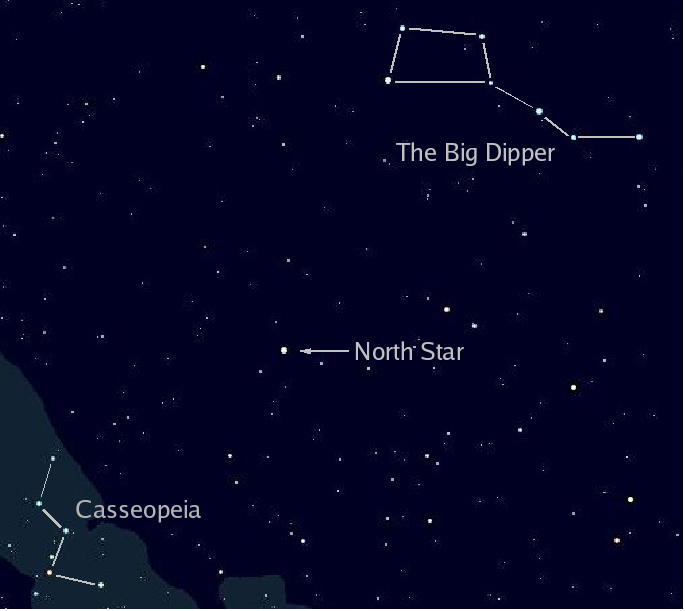
Finding Polaris requires using the Big Dipper as a cosmic pointer, since the North Star itself doesn’t stand out dramatically from its stellar neighbors. Draw an imaginary line through the two stars that form the outer edge of the Big Dipper’s bowl, then extend that line about five times the distance between those two stars. This technique, known as “star hopping,” will lead your eye directly to Polaris even when the surrounding sky seems filled with similarly bright points of light. The Big Dipper method works reliably throughout the year, though the entire asterism rotates around Polaris as the seasons change. Many astronomy guides recommend practicing this technique until it becomes second nature, since it provides the foundation for navigating to dozens of other celestial objects.
Polaris Is Actually a Multiple Star System

What appears as a single point of light to our naked eyes actually consists of at least three separate stars locked together by gravity in a complex orbital dance. The primary star, Polaris A, dominates the system and provides most of the light we see from Earth. Two smaller companion stars, Polaris B and Polaris Ab, orbit around this central giant at different distances and speeds. Advanced telescopes can separate Polaris B from the main star, but detecting the closer companion Polaris Ab requires sophisticated spectroscopic equipment. This multiple star arrangement adds another layer of complexity to our understanding of the North Star, transforming it from a simple celestial lighthouse into a dynamic stellar family with its own intricate gravitational relationships.
The Cultural Impact of Losing Our North Star
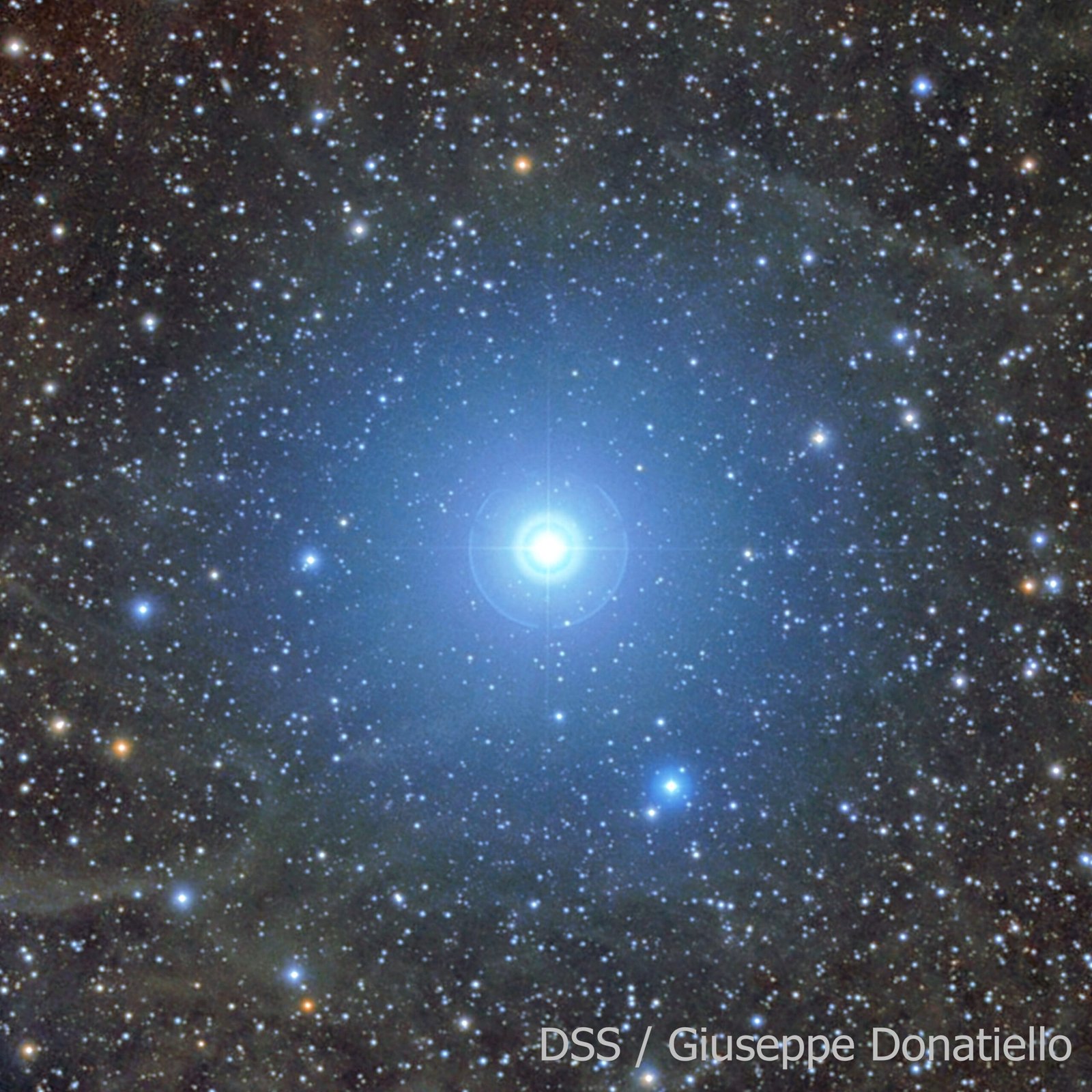
Throughout human history, Polaris has inspired countless myths, legends, and navigation techniques that form integral parts of various cultures around the world. Native American tribes developed elaborate stories explaining the fixed star’s position, while maritime traditions spanning from ancient Phoenicians to modern sailors have relied on its steady presence. As Polaris gradually drifts away from true north over the coming centuries, humanity will need to adapt both practically and culturally to this cosmic shift. Future generations might struggle to understand the deep significance that a “stationary” star held for their ancestors. The transition to new north stars will require updating navigation systems, revising star charts, and potentially reimagining cultural narratives that have centered on Polaris for millennia.
Why Brightness Doesn’t Equal Importance in Astronomy
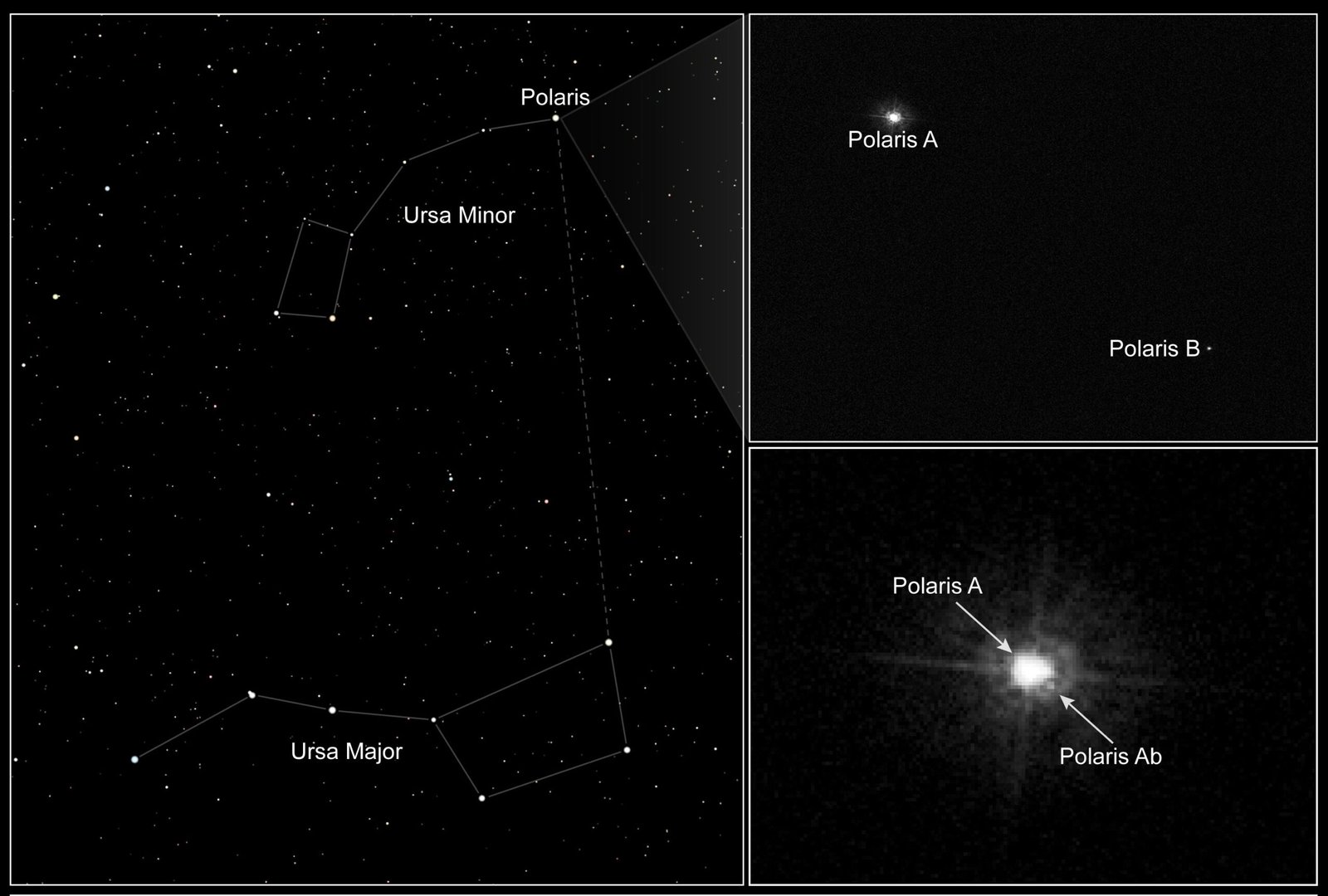
The Polaris example perfectly illustrates how astronomical significance often has nothing to do with visual spectacle or impressive statistics. Many of the most scientifically valuable celestial objects appear quite unremarkable to casual observers, while some of the most visually stunning phenomena provide relatively limited research opportunities. Pulsars, for instance, rank among the most precise timekeepers in the universe but remain completely invisible without radio telescopes. Similarly, brown dwarf stars hold crucial clues about stellar formation processes despite being too dim to see with the naked eye. The lesson extends beyond astronomy into many areas of science, where the most important discoveries often come from studying seemingly mundane subjects that reveal profound truths about how our universe operates.
How Navigation Will Change Without Polaris
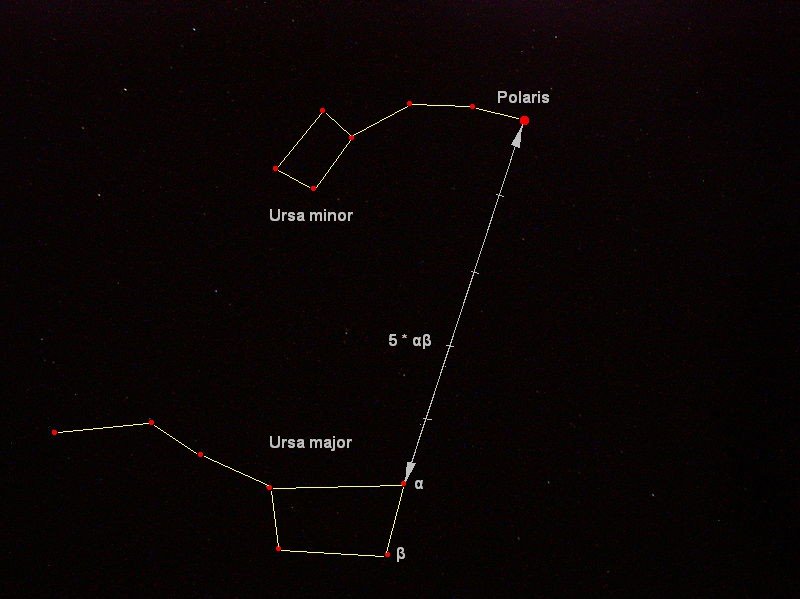
Modern GPS technology has already reduced our dependence on celestial navigation, but losing Polaris will still impact various activities that rely on astronomical references. Photographers who specialize in star trail images will need to adjust their techniques as the center of rotation shifts away from its current position. Amateur astronomers use Polaris as a reference point for aligning telescopes and finding other deep-sky objects, procedures that will require modification as our north star changes. Surveyors, outdoor enthusiasts, and emergency responders who still employ star-based navigation techniques as backup methods will need training on new reference systems. The transition period, when Polaris no longer marks true north but new north stars haven’t yet taken over, will present particular challenges for anyone who depends on stellar navigation.
The Physics Behind Precession
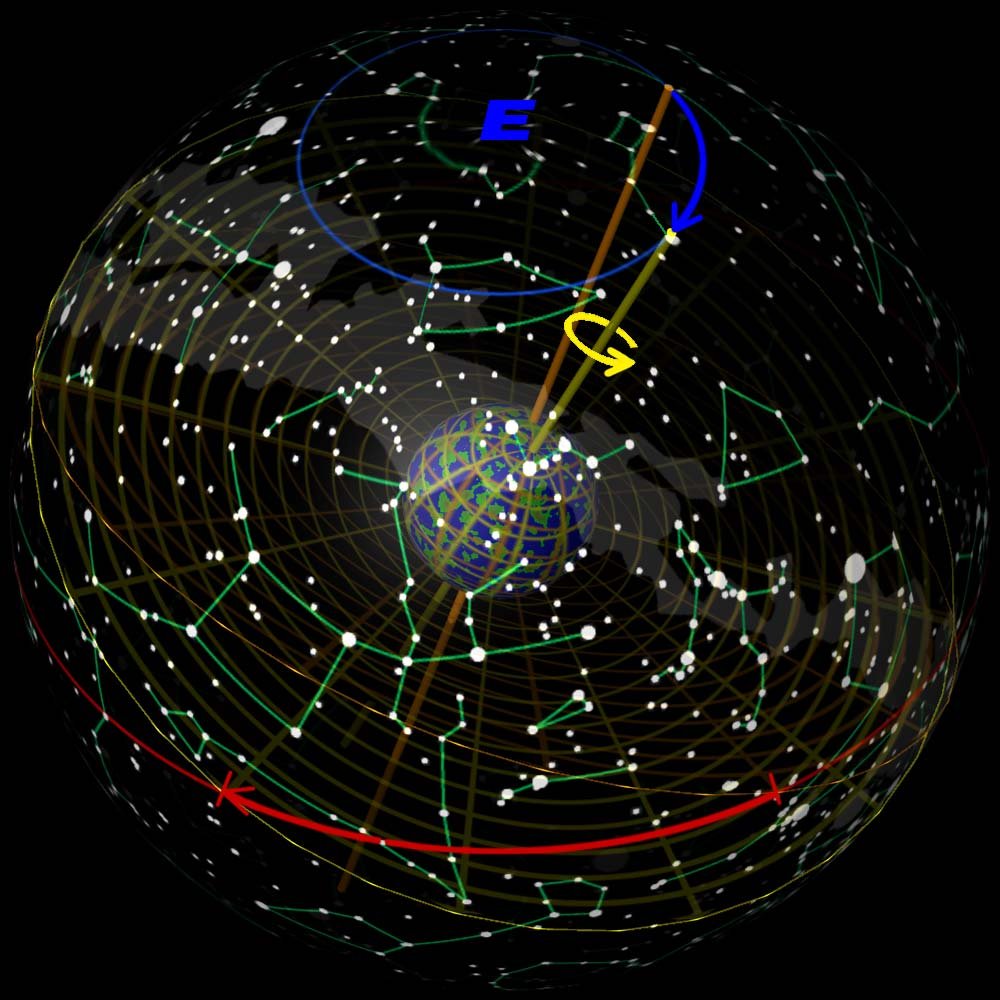
Earth’s precession results from gravitational forces exerted by the sun and moon acting on our planet’s equatorial bulge, creating a slow wobbling motion similar to a spinning top. This bulge exists because Earth’s rotation causes it to flatten slightly at the poles and expand at the equator, making our planet technically an oblate spheroid rather than a perfect sphere. The gravitational pull from other celestial bodies tries to align Earth’s equatorial plane with the orbital plane of the solar system, but our planet’s rotation resists this force. The result is a compromise motion where Earth’s axis traces out a cone in space over thousands of years. Understanding this mechanism helps explain not only why our north star changes, but also how various ice ages and climate patterns relate to these long-term astronomical cycles.
Other Cultures’ Approaches to the Changing North Star

Different civilizations throughout history developed unique strategies for dealing with the gradual shift of their celestial reference points. Chinese astronomers meticulously recorded these changes over centuries, creating detailed catalogs that tracked the movement of their “Purple Star” as it migrated across the northern sky. Islamic scholars during the golden age of astronomy incorporated precession calculations into their sophisticated navigation instruments, ensuring accurate results despite the slowly changing sky. Polynesian navigators developed flexible wayfinding techniques that relied on multiple stellar references rather than depending on any single north star. These diverse approaches demonstrate human ingenuity in adapting to cosmic changes, offering valuable lessons for how future societies might handle the transition away from Polaris.
The Brightness Hierarchy of Famous Stars

To truly appreciate Polaris’s modest brightness, consider that at least 47 other stars outshine it in our night sky, including spectacular specimens like Rigel, Capella, and Aldebaran. Even within its own constellation of Ursa Minor, Polaris doesn’t claim the title of brightest star, losing that distinction to Kochab, which glows noticeably brighter despite receiving far less attention. The complete list of stars brighter than Polaris reads like a who’s who of astronomical celebrities, including the brilliant Southern Cross stars, the prominent stars of Orion, and the distinctive markers of the zodiac constellations. This ranking system, based on apparent magnitude as seen from Earth, reveals how our planet’s position in the galaxy influences which stars appear most prominent in our sky. The fact that relatively dim Polaris achieved such cultural importance purely through its position demonstrates how location trumps luminosity in determining astronomical significance.
What Happens During the Transition Periods
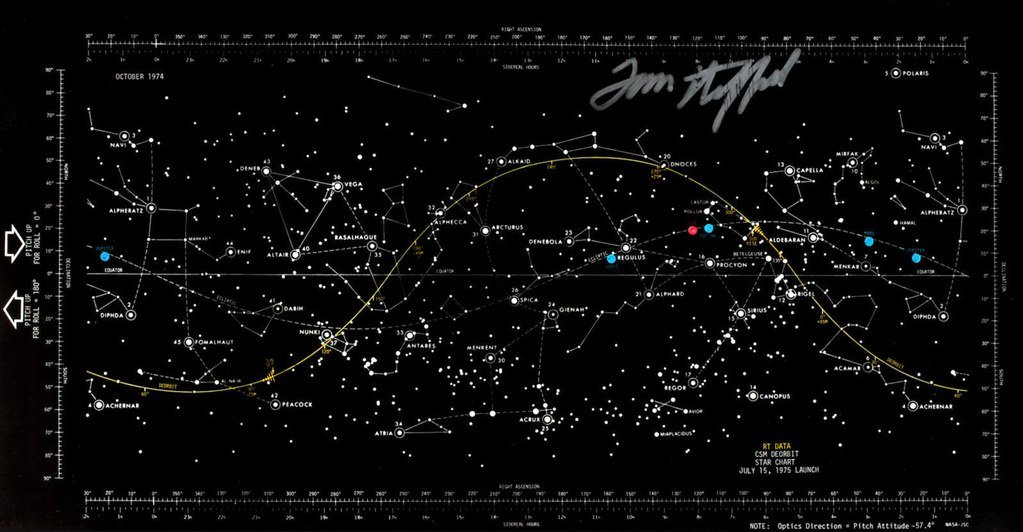
The thousands of years between reliable north stars create challenging periods when no single stellar reference point provides accurate directional guidance. During these transition eras, navigators must rely on alternative methods, such as using multiple stars in combination or employing different celestial objects like the sun and moon for direction finding. The period we’re approaching, when Polaris will gradually lose its effectiveness as a north star, represents one of these challenging transitions that will unfold over several centuries. Astronomers predict that around 4000 AD, there will be no convenient naked-eye star marking true north, forcing future generations to develop new navigation techniques. These transition periods historically drove innovation in astronomical instruments and navigation methods, often leading to significant advances in scientific understanding of celestial mechanics.
The Future of Stellar Navigation
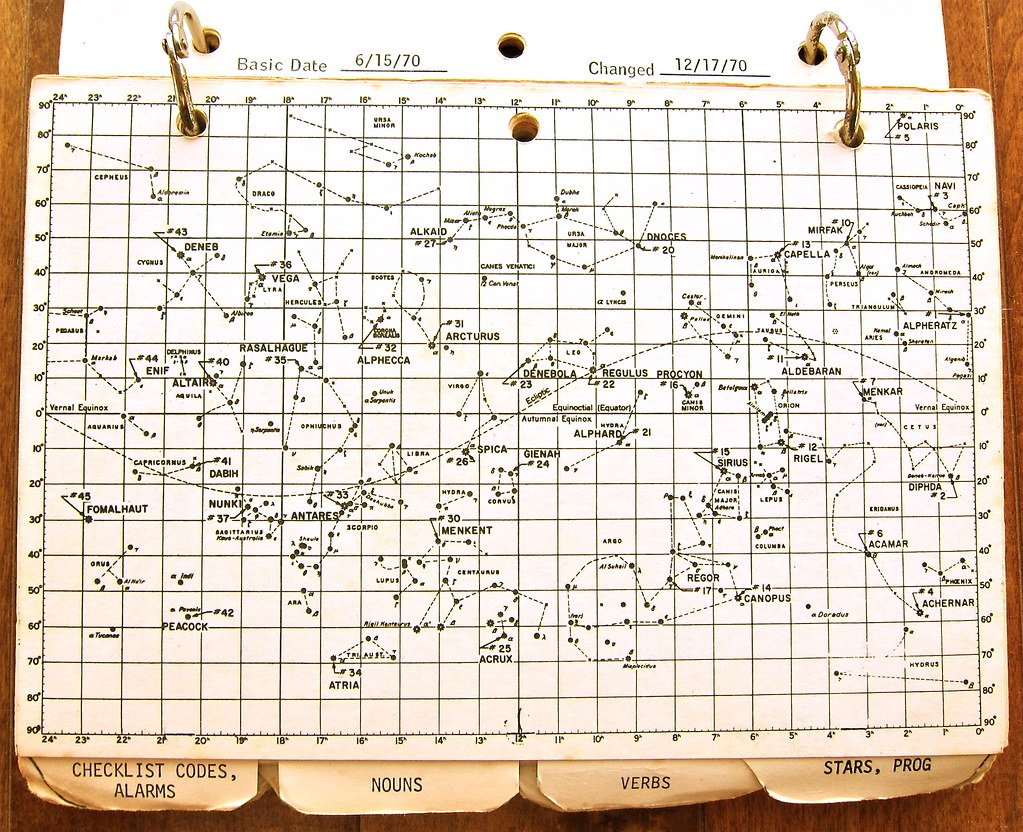
Advanced technology will likely transform how future humans interact with changing north stars, potentially making these transitions less disruptive than they were for ancient civilizations. Augmented reality systems could overlay precise directional information onto the night sky, highlighting whichever stars currently provide the best northern references regardless of their brightness or visibility. Artificial intelligence might analyze multiple stellar positions simultaneously to provide navigation accuracy that surpasses anything achievable with a single reference star. However, the romantic appeal of having one special star that marks true north will probably persist, ensuring that future north stars like Gamma Cephei and Vega achieve their own cultural significance. The human fascination with celestial guideposts seems likely to continue regardless of technological alternatives, maintaining the spiritual and practical connections between earthbound travelers and their stellar companions.
Why This Cosmic Dance Matters Today

Understanding that our North Star isn’t permanent offers a powerful reminder that even the most seemingly stable aspects of our world are constantly changing on longer timescales. This knowledge encourages us to appreciate the present moment while remaining adaptable to future changes, whether they occur in our personal lives or in the cosmic environment around us. The story of Polaris also demonstrates how human societies have always found ways to navigate uncertainty by working with the tools and references available to them. For modern stargazers, knowing that today’s Polaris represents just one chapter in an ongoing celestial story adds depth and poignancy to those moments spent looking up at the night sky. What seems fixed and eternal in human terms reveals itself as beautifully temporary when viewed through the lens of astronomical time.
The next time you step outside on a clear night and search for Polaris among the stars, remember that you’re witnessing a cosmic coincidence that won’t last forever. That modest little star, faithfully holding its northern post while brighter celebrities steal the show around it, is slowly dancing away from its appointed position in a celestial waltz that spans millennia. In a few thousand years, our descendants will point to a completely different star and call it their North Star, while Polaris fades into the background as just another point of light in the vast tapestry of night. Isn’t it remarkable how something as fundamental as true north can shift right under our noses?

